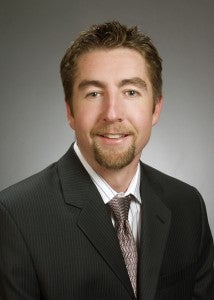 Duke Energy is the largest utility in the United States, so of course it gets a lot of attention in its home state of North Carolina. Yet millions of residents in rural parts of the state rely on electric cooperatives, not Duke Energy, to keep the lights on. In fact, rural cooperatives serve all or part of the customers in 93 of 100 counties in North Carolina.
Duke Energy is the largest utility in the United States, so of course it gets a lot of attention in its home state of North Carolina. Yet millions of residents in rural parts of the state rely on electric cooperatives, not Duke Energy, to keep the lights on. In fact, rural cooperatives serve all or part of the customers in 93 of 100 counties in North Carolina.
This is important because rural areas have just as much, if not more, need to increase energy efficiency. Case in point: a seven-county area in eastern North Carolina served by Roanoke Electric Cooperative. The cooperative has made great strides in promoting energy efficiency, yet there are still customers with utility bills that are higher than their mortgage payments some months. Close to half of Roanoke Electric’s customers live in manufactured homes, which typically have less energy-saving insulation than standard homes. And, in an economically-distressed region, few homeowners have extra money to pay for energy efficiency improvements, like caulking around windows or adding insulation.
Now, thanks to a new program offered by Roanoke Electric Cooperative, homeowners can secure low-cost loans from a private lender to make home improvements that will reduce energy use and save money. The loan is paid back on the monthly utility bill, reducing paperwork for homeowners and making repayment easier. In this program, the energy efficiency home loan is made by Generations Community Credit Union, a lending institution focused on assisting underserved rural communities in North Carolina. Homeowners can borrow up to $4,000 for improvements, with interest rates as low as 3.5%.




